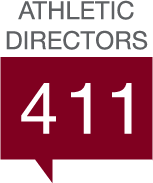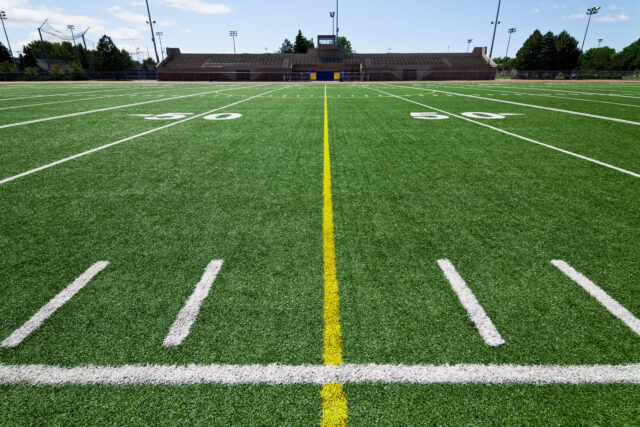As the landscape of high school athletics evolves, the prospect of paying student-athletes through name, image, and likeness (NIL) deals is gaining traction. With states like Florida considering proposals to allow high school athletes to profit from business agreements, athletic directors need to understand the potential implications and prepare for a future where NIL is a reality.
The Shift Toward NIL in High Schools
The Florida High School Athletic Association (FHSAA) is on the verge of approving a proposal that would permit high school athletes to engage in NIL activities. This move follows a broader trend seen in collegiate sports, where NIL policies have significantly altered the landscape. Florida’s potential policy change highlights a growing recognition that student-athletes should be able to capitalize on their personal brand while still in high school.
Key Aspects of the Florida Proposal
Independent Negotiations
Under the proposed FHSAA policy, student-athletes and their parents would negotiate NIL deals independently of their school, district, or the FHSAA.
Allowed Activities
These deals could include endorsements, promotional activities, social media campaigns, and product advertisements.
Restrictions
Athletes would be prohibited from using school logos, mascots, or uniforms without prior written consent and from endorsing products like alcohol, tobacco, and gambling.
Recruitment Protections
The proposal explicitly states that NIL deals cannot be used to recruit student-athletes to specific schools.
Implications for Athletic Directors
The introduction of NIL deals at the high school level presents both opportunities and challenges for athletic directors.
Opportunities
Enhanced Visibility and Opportunities for Athletes
NIL deals can provide student-athletes with financial benefits and increased visibility, potentially leading to more opportunities at the collegiate level.
Financial Literacy and Education
Schools can use the introduction of NIL to promote financial literacy among student-athletes, preparing them for future financial responsibilities.
Challenges
Maintaining Amateurism
Balancing the traditional amateur status of high school athletes with the commercial nature of NIL deals could be complex.
Ensuring Equity
There is a risk of creating disparities between athletes who secure lucrative deals and those who do not, potentially affecting team dynamics and morale.
Regulatory and Ethical Concerns
Schools will need to navigate a myriad of regulations and ethical considerations, including preventing the exploitation of young athletes and ensuring compliance with state laws.
Case Studies:
States with NIL Policies
Several states have already implemented NIL policies for high school athletes, providing valuable insights into the potential impact.
California
California was the first state to allow high school athletes to engage in NIL deals. The early adoption has shown that while only a small percentage of athletes secure deals, those who do can earn substantial amounts. This model demonstrates the feasibility of NIL at the high school level but also underscores the need for robust educational support for athletes.
Wisconsin
In contrast, Wisconsin recently voted against allowing NIL deals for high school athletes. Concerns about the potential exploitation of students and the administrative burden on schools were significant factors in this decision. This outcome illustrates the divided opinion on NIL and highlights the importance of careful consideration and planning.
Preparing for the Future
Athletic directors must take proactive steps to prepare for the potential implementation of NIL policies.
Developing Educational Programs
Creating comprehensive financial literacy and NIL education programs is crucial. These programs should cover legal, financial, and ethical aspects of NIL deals, ensuring that student-athletes and their families are well-informed.
Establishing Clear Guidelines
Athletic directors should work with school boards and legal advisors to establish clear guidelines for NIL activities. These guidelines should address permissible activities, prohibited endorsements, and the process for obtaining necessary permissions for using school-related branding.
Monitoring and Support
Ongoing monitoring and support systems should be in place to help student-athletes navigate the complexities of NIL deals. This includes providing access to legal counsel, financial advisors, and other resources.
The potential for high school athletes to profit from NIL deals represents a significant shift in the landscape of high school sports. For athletic directors, this change brings both opportunities and challenges. By understanding the implications, learning from states with existing policies, and proactively developing educational and support systems, athletic directors can help ensure that their student-athletes benefit from NIL opportunities while maintaining the integrity and equity of their athletic programs.
Resources:
Fan Nation
News Nation
Flordia Weekly




